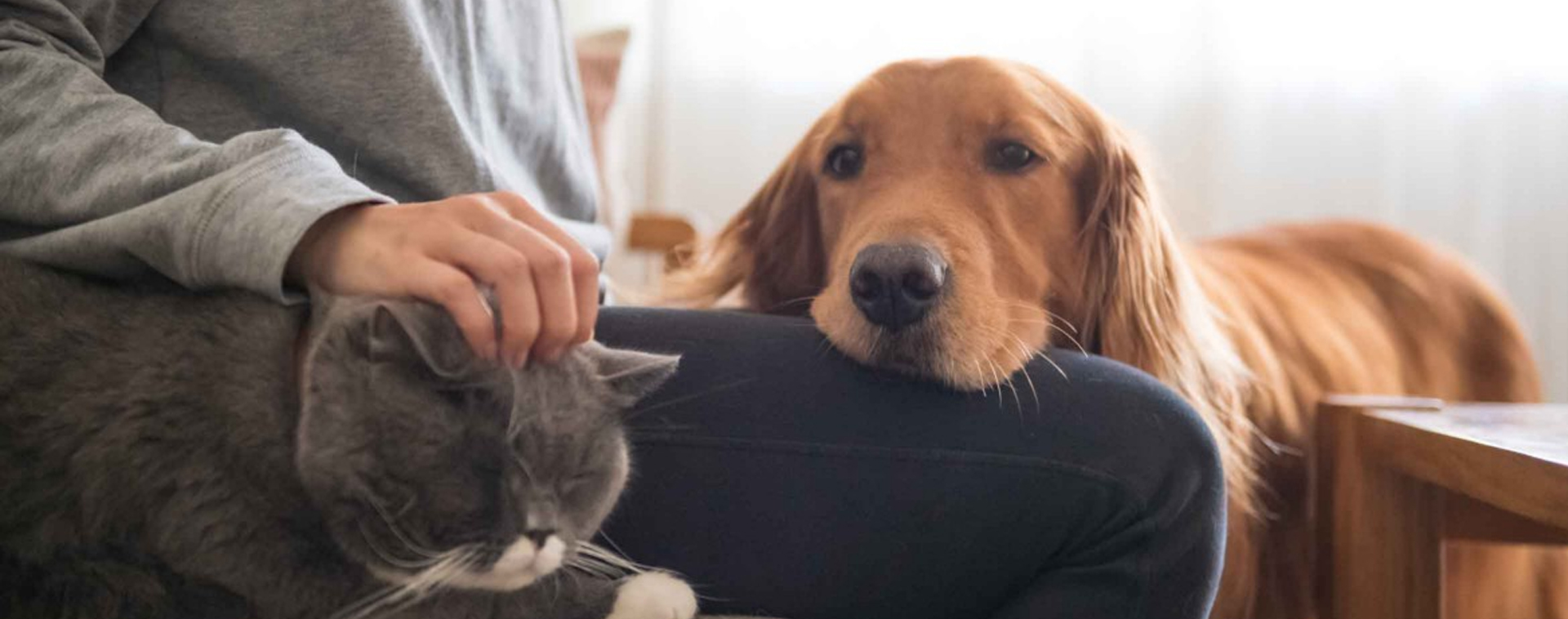
BE THE FIRST TO KNOW
Sign up to receive updates, special offers, program communications and other information from Petswonderland.com.

Hairballs In Cats
The cause of hairballs problem
Spends hours everyday grooming (long fur, habits, fleas, boredom..) swallows a lot of hair in the process majority of this hair passes all the way through the digestive tract if some hair stays in the stomach, it can form a hairball
Hairball problems
Grooming excessively or consistently
Signs of retching, gagging
Vomitted out hairballs
Additional symptoms: Loss of appetite, lethargy
Solutions
Tasty lubricants – hairball treatment gel
Delicious to cats
Different flavour
Given orally based on the recommendations
Fix it with Fiber
High fiber food to aid passage of a hairball
3.5% to 10%
Mix with other main diet
Treat the fleas!
Fleas infestation → more excessive grooming → more hairball swallow
Treat the fleas problem usually improve hairball problem
Groom your kitty
Cat shed hundreds of hairs a day, Combing and brushing reduce the fur that will be ingested
After comb and brush, clean with wet wipes to thoroughly move away fine fur that still remaining or missed
Take his mind off his fur
Divert the attention of compulsive lickers → over grooming
Response to stress → groom excessively
Play with him more often with toys

No one’s sure why it happens, but many dogs develop a habit so disasteful that the vets politely refer it by its Greek name , coprophagia. In English it means ‘dung eating’ , and once a dog get started, it can be difficult to make him stop. Vet speculate that some dogs start eating waste – either their own or those of other animals – out of boredom, or because they’re seeking nutrients not found in their diets. Others may simply like the taste. Cats don’t indulge, presumably because they’re more refined than their canine counterparts. While eating dung rarely causes health problems, it doesn’t exactly make your pouch a joy to be around.
Here’s what vets recommend to change their tastes:
For DOGS only!
1. Supplement his diet
Some vets speculate that dung eating may occur when dogs are lacking certain vitamins or minerals in their diets. Adding a multivitamin to his food will help ensure that he’s getting all the neccessary nutrients.
2. Remove the temptation
When your pooch is looking for a ready snack, the cat litter box on the floor might as well have a big sign saying “Bon appetit”. Try putting the box in a location that’s easy for the cat to get to but out of your dog’s reach, such as behind a cabinet.
3. Install a private entrance
Another way to keep the litter box off the menu is to put it in a room or closet equipped with a cat door. Make sure the door is small enough that unauthorized guests can’t squeeze through when you’re not looking.
4. Add some spices
Dog dislike the fiery spices, so sprinklling cayenne pepper on waste will help take the fun out of foraging. Some dogs learn to associate the smell of pepper with the spicy taste and avoid anything that’s been baited. If you repeat the spicing on a regular basis, your pooch may eventually learn it’s safest to limit his eating expeditions to proper meals.
5. Change the taste
Some dog will develop a taste for their own waste. To stop the cycle, experts sometimes recommend repellent products to give the waste a taste dog hate. If you’re lucky, the dog will learn associate his grazing with the unpleasant taste and give it up for good. If he return to his old ways, try giving him another dose. Many dog will eventually take the hint.
6. Patrol with a scoop
If your dog persist in his Habits, your best bet may be to clean up after him (or other pets) before temptation strikes.
7. Send a signal
If your dog is a long term offender, your vet may recommend fitting him with a remote-control collar, which will get his attention by activating a high pitched tone. When he start grazing, activating the tone may encourage him to change his mind. After for or five reminders, some dog will give up their bad habits for good. Just remember to re-inforce the lesson by giving your dog a treat and plenty of love when he turns away from forbidden “food”.
8. Give him lead time
To help your pet learn right from wrong, keep him on a leash even when you’re walking inside the yard. If he starts to take a bite, pull sharply on the leash and give him a firm ‘NO’. Because of your reprimand, he’ll associate anxiety with the behaviour. This will help inhibit him from doing it in the future.
9. Keep him busy
Many dogs seem to develop bad habits when they have too much time on their paws. Scheduling ample playtime into the day will help keep his mind off less wholesome activities. It’s best to devote two big chunks of time a day, maybe a half-hour or 45 minutes, to play. A lot of owners give their dog just a few minutes of attention, not enough to really satisfy them.
10. Increase the toy inventory
Giving your dog a variety of exciting toys to play with will help keep him out of harm’s way. For example, you might bring out tennis ball on monday, a raw hide bone on tuesday, a rope pull toy on wednesday and so on. The busier he is, the less time he’ll have to get into trouble.
11. Limit crate time
While many vets recommend using crates to house train young dogs, it’s important to let your pets out often and also keep the crate clean. Otherwise your dog may try to keep it clean the only way he knows how.
The information below is required for social login
Sign In
Create New Account